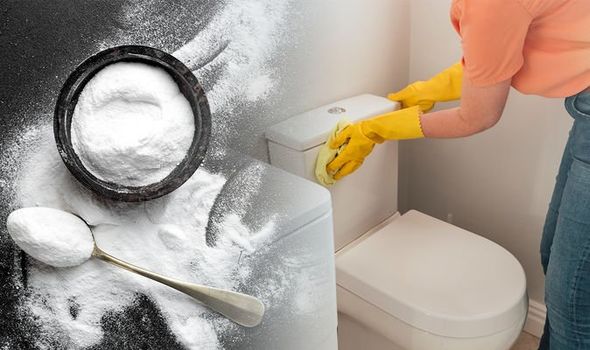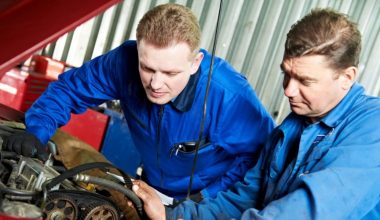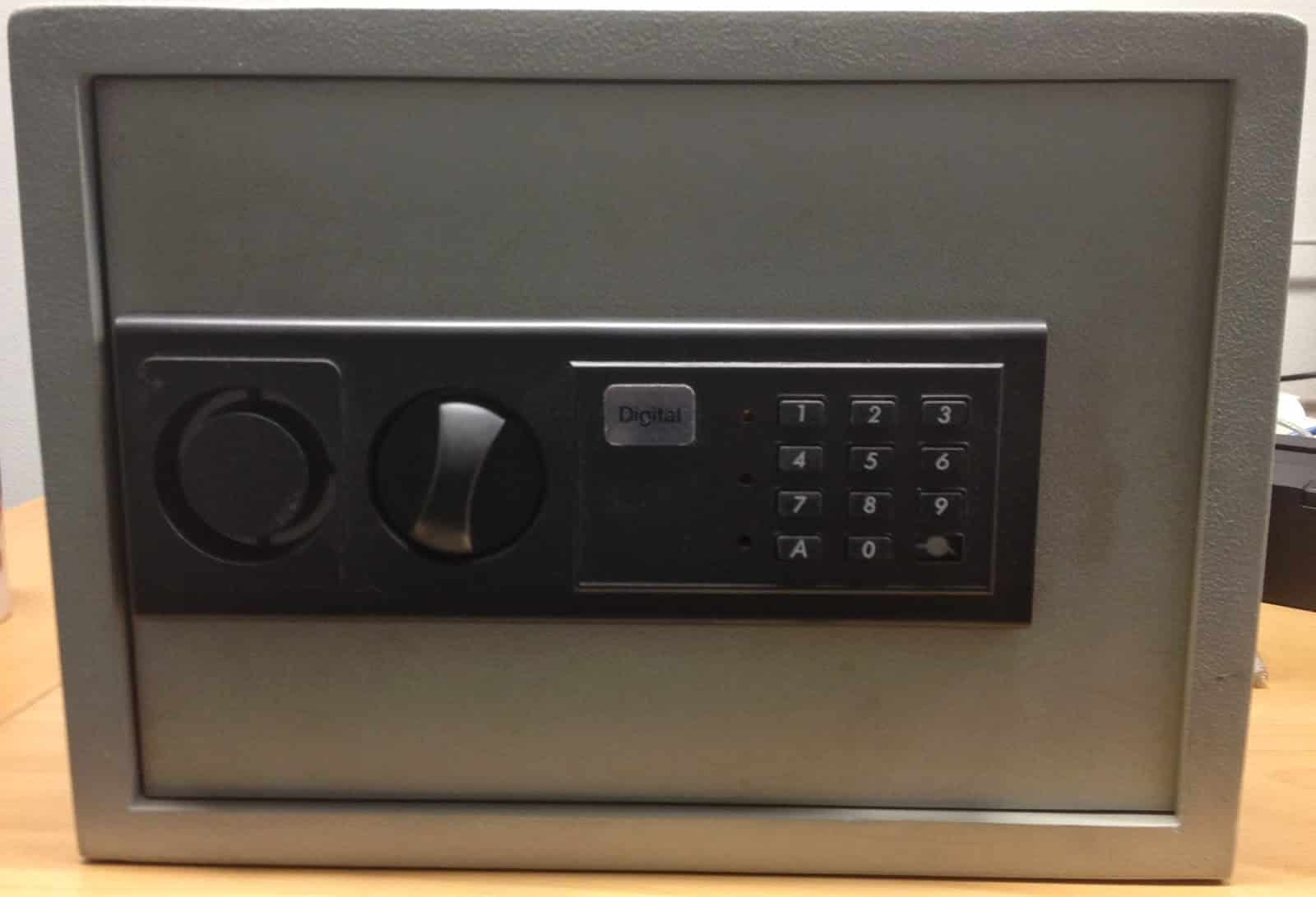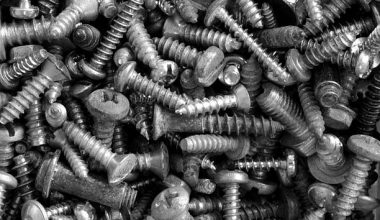Harnessing the sun’s power is a smart, sustainable choice. In this era of rising energy costs and environmental awareness, creating a DIY solar generator is a practical and eco-friendly solution. This project is not just for experts. Anyone with a basic understanding of tools and a passion for DIY can embark on this journey.
Our goal here is simple. We’ll guide you through building your very own solar power generator for under $300. This budget-friendly approach doesn’t mean compromising on quality. Instead, it’s about smart choices and a bit of elbow grease. You’ll learn about the necessary components, where to find them, and how to assemble them.
By the end of this guide, you’ll have a functional, efficient solar generator. It will not only save you money but also reduce your carbon footprint.
Essential Components of a DIY Solar Generator
Building a DIY solar generator requires understanding its core components. Here, we break down each part needed for your solar generator.
Solar Panels: At the heart of your generator, solar panels capture sunlight and convert it into electricity. Opt for polycrystalline or monocrystalline panels. They offer a balance between cost and efficiency.
Battery: This stores the energy generated by your panels. Lead-acid batteries are affordable and widely available. Ensure it has enough capacity to meet your power needs.
Charge Controller: This device regulates the flow of electricity from the panels to the battery, protecting it from overcharging. A simple PWM (Pulse Width Modulation) controller works well for small setups.
Inverter: Converts the DC power from your battery to AC power, usable for household devices. A basic modified sine wave inverter is cost-effective for simple appliances.
Wiring and Connectors: Essential for connecting your components. Choose quality wiring and connectors to ensure safety and efficiency.
By understanding these components, you’re well on your way to building an effective and budget-friendly solar generator. Stay tuned for detailed guides on selecting and assembling these parts.
15 Wonderful Ways to Use Epsom Salt
Key Components for Your DIY Solar Generator
Building a DIY solar generator is an exciting project. Knowing the essential components is crucial. Let’s explore what you need for a successful build.
Solar Panels: The Power Source Solar panels are your energy collectors. There are two types: polycrystalline and monocrystalline. Polycrystalline panels are more budget-friendly but less efficient. Monocrystalline panels, though costlier, offer higher efficiency. Consider your budget and space when choosing.
Battery: Storing Your Energy The battery stores the energy your panels collect. Lead-acid batteries are a popular, economical choice. They’re reliable but bulky. Ensure your battery has enough capacity for your energy needs.
Charge Controller: Protecting Your System A charge controller manages the flow of electricity to the battery. It prevents overcharging, which can damage your battery. PWM (Pulse Width Modulation) controllers are a good, affordable option for small setups.
Inverter: Powering Your Devices The inverter converts DC power from the battery to AC power, which most home appliances use. A modified sine wave inverter is a cost-effective choice for powering basic electronics.
Wiring and Connectors: The Links Quality wiring and connectors are vital. They ensure safe and efficient electricity flow between components. Don’t compromise on these for safety and system longevity.
By understanding and choosing the right components, you can build a reliable and efficient DIY solar generator. It’s a rewarding way to embrace renewable energy and cut down on electricity costs.
Tools and Materials Needed
For your DIY solar generator project, you’ll need some basic tools and materials. Here’s what to gather before you start:
Tools for Assembly
- Screwdrivers: Needed for securing components.
- Wire Cutters: Essential for cutting wires to the right length.
- Wire Strippers: Used for stripping insulation from wires.
- Wrenches: Helpful for tightening nuts and bolts.
- Drill: Useful for mounting components, if needed.
Safety Equipment
- Gloves: Protect your hands during assembly.
- Safety Goggles: Keep your eyes safe from debris.
Additional Materials
- Mounting Hardware: Includes brackets and screws for securing your solar panels.
- Battery Box: Optional, but recommended for safely housing your battery.
- Cable Ties: Useful for organizing wires and keeping them in place.
Gathering these tools and materials beforehand will make your project go smoother. Safety is key, so don’t skip out on protective gear like gloves and goggles. With everything ready, you’re set to start building your solar generator.
Sourcing the Components
Finding the right parts is crucial for your DIY solar generator. Here’s how to source components effectively and affordably.
Finding Affordable Solar Panels
- Online Marketplaces: Websites like eBay and Amazon offer a range of options. Look for deals on both new and used panels.
- Local Hardware Stores: Check for sales or clearance items.
- Solar Energy Companies: Some may have discounted or second-hand panels.
Choosing the Right Battery
- Automotive Stores: Lead-acid batteries are common here.
- Online Retailers: Compare prices and check for discounts.
- Renewable Energy Suppliers: They might have special offers on solar-compatible batteries.
Charge Controllers and Inverters
- Electronics Stores: Good for a variety of options.
- Online Specialty Stores: Look for stores focusing on solar or renewable energy products.
Wiring and Connectors
- Hardware Stores: They generally have a wide selection.
- Online: Often cheaper, but ensure the quality is good.
Used or Refurbished Parts
- Consider buying used or refurbished components to save money. But, be cautious about quality and warranties. Check the condition and return policy before buying.
Remember, balancing cost and quality is key. Cheap parts might save money upfront but could be less efficient or need replacing sooner. Take your time to research and compare options. With the right components, your DIY solar generator will be a reliable and cost-effective source of energy.
Why Are Barns Always Painted Red?
Assembling Your DIY Solar Generator
Now that you have your components, it’s time to assemble your DIY solar generator. Follow these steps for a smooth setup.
Connecting Solar Panels to the Charge Controller
- Start by connecting your solar panels to the charge controller. This ensures your battery charges safely.
- Use the wiring and connectors. Follow the positive to positive, negative to negative rule.
Attaching Battery to Charge Controller
- Connect your battery to the charge controller next.
- Again, match the positive and negative terminals correctly.
Linking Inverter to Battery
- Now, connect the inverter to your battery.
- This step allows you to convert DC power from the battery to AC power for your devices.
Securing and Organizing
- Secure all components. Use mounting hardware for panels and a box for the battery.
- Organize your cables with ties to avoid tangling.
Remember to always check connections twice. Ensuring everything is correctly and safely connected is crucial. With these steps, your solar generator will be ready to harness the sun’s power.
Setting Up and Installing Your Solar Generator
After assembling your DIY solar generator, the next step is setting it up and installing it. Here’s how to do it right.
Choosing the Perfect Location
- Sun Exposure: Pick a spot with maximum sunlight. Avoid shaded areas.
- Safety: Ensure the location is safe and secure. Keep it away from water or areas prone to flooding.
- Accessibility: Make sure you can easily reach the generator for maintenance.
Connecting to Appliances or Power Grid
- Direct to Appliances: Use an extension cord from the inverter to power individual appliances.
- Connecting to Home Power Grid: This requires more complex wiring. Consider consulting a professional electrician.
Safety Checks
- Inspect Wiring: Double-check all connections. Loose wires can cause malfunctions.
- Test the System: Power up the generator to ensure everything works as expected.
- Regular Maintenance: Check and clean the panels regularly for optimal performance.
Precautions
- Weather Conditions: Protect your system from extreme weather. Consider a protective cover for the battery and inverter.
- Battery Care: Regularly check the battery’s health. Lead-acid batteries need more frequent checks.
With these steps, your solar generator will be up and running. It’s a rewarding experience to generate your own power sustainably.
Maintenance and Troubleshooting
Keeping your DIY solar generator in top condition is important. Here are some maintenance and troubleshooting tips.
White Ash Tree: What You Need to Know
Regular Maintenance Tips
- Clean the Solar Panels: Dirt and debris reduce efficiency. Clean them regularly with a soft cloth.
- Check Connections: Loose connections can cause problems. Tighten them if needed.
- Battery Care: For lead-acid batteries, check the water level and refill with distilled water as necessary.
Troubleshooting Common Issues
- No Power Output: Check all connections. Ensure the inverter and charge controller are working.
- Low Power Output: Clean the solar panels. Also, check if the battery is charging properly.
- Inverter Issues: If the inverter isn’t working, check its connections and look for any error messages.
When to Seek Professional Help
- Complex Electrical Issues: If you’re not sure about a problem, it’s safer to consult an expert.
- Regular System Check-ups: Consider a professional inspection once a year. They can spot issues you might miss.
By following these maintenance and troubleshooting steps, your solar generator will run smoothly. Regular care extends the life of your system and ensures it works efficiently.
Legal Considerations and Permissions for Your DIY Solar Generator
When building a DIY solar generator, it’s important to understand the legal side. Here’s what you need to know.
Understanding Local Regulations
- Building Codes: Check if your area has specific codes for solar installations.
- Permits: Some regions require permits for solar generators. Find out if this applies to you.
- Homeowners’ Associations: If you’re in a community with an HOA, check their rules on solar installations.
Why Complying Matters
- Safety: Regulations ensure your system is safe for you and the community.
- Insurance: Some insurance policies require compliance with local laws for coverage.
- Future Selling: If you plan to sell your home, compliance avoids legal issues.
Seeking Professional Advice
- Legal Consultation: Consider talking to a legal expert in renewable energy.
- Local Government Resources: Your local government office can provide guidance.
Remember, these rules are there to help. They ensure that your DIY solar generator is safe and effective. Complying with them protects you and your investment.
Conclusion
Building your own DIY solar generator is a rewarding journey. It empowers you to harness renewable energy, reduces your carbon footprint, and cuts electricity costs. This project, achievable for under $300, demonstrates that sustainable living is accessible and practical.
We hope this guide inspires you to take on this eco-friendly venture. The satisfaction of generating your own power is unparalleled. Remember, every step towards renewable energy is a step towards a greener future.
What to Expect from a Contractor in Your Building | 10 Things You Should Know:
Frequently Asked Questions
Savings vary based on your energy usage and sunlight availability. Typically, you can expect to reduce your electricity bills significantly.
With basic DIY skills and the right guide, building a solar generator is achievable for most people.
It depends on your energy needs and the capacity of your generator. Small to medium-sized generators can power essential appliances.
With proper maintenance, solar generators can last for several years.
This depends on your local regulations. Always check with your local government or homeowners’ association.
References
- Build a Solar Power Generator for Under $300 – home.howstuffworks.com




